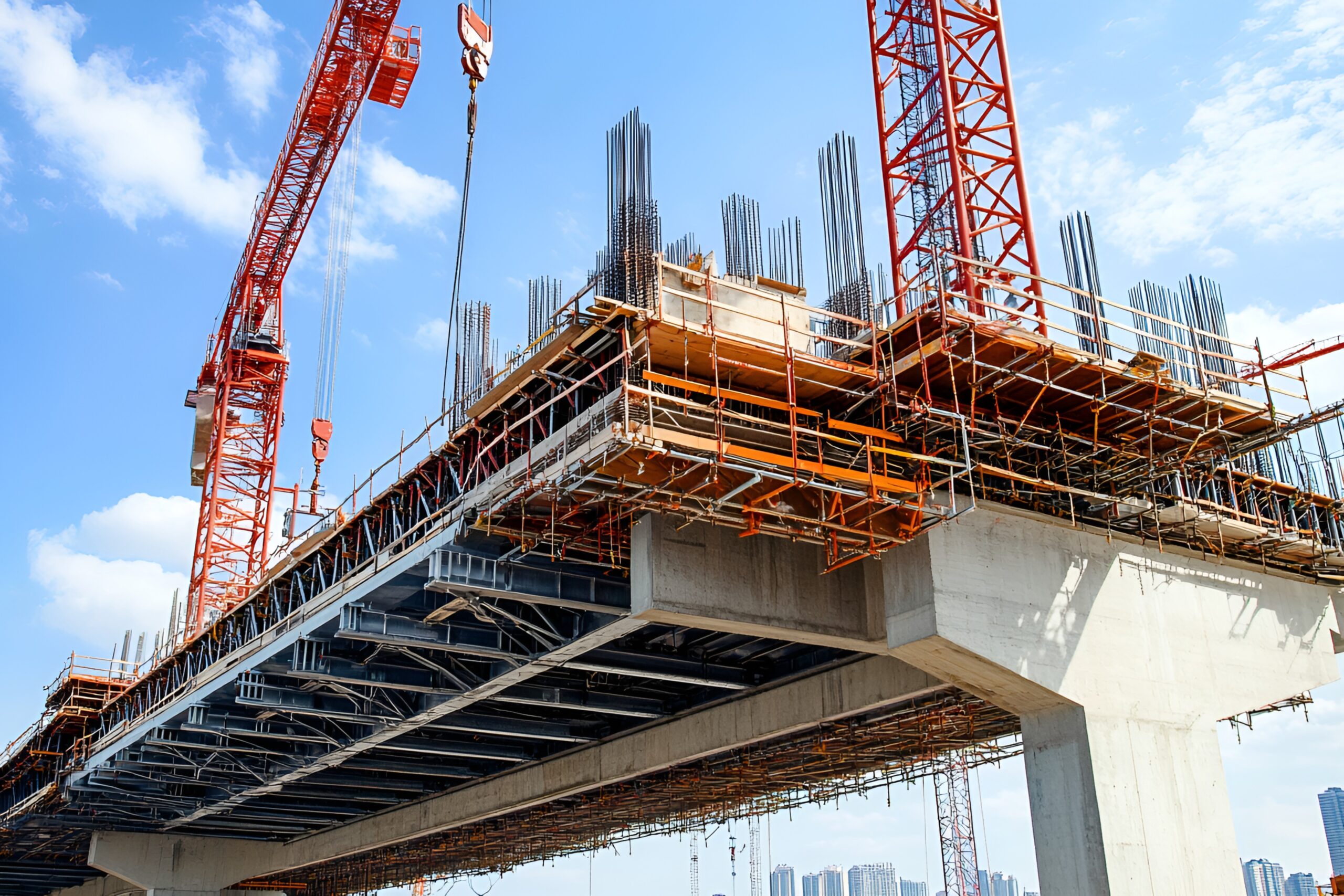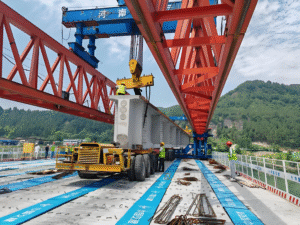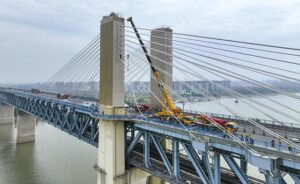When you drive over a modern, long-span bridge with surprisingly slender decks, chances are you’re crossing a marvel of modern engineering: a post-tensioned concrete bridge. While most people are familiar with steel bridges or simple reinforced concrete, post-tensioning is the unsung hero that allows for the ambitious structures that define our skylines and connect our communities.
But what exactly is at stake with these bridges? The answer is everything: public safety, economic vitality, structural longevity, and cost-efficiency. Let’s break down the technology behind it and why its proper implementation and maintenance are so critically important.
What is Post-Tensioning? A Simple Explanation
First, let’s distinguish it from standard reinforced concrete. In traditional reinforcement, steel rebar is placed inside the concrete form before pouring. The concrete sets around it, and together they resist loads, but the concrete still cracks under tension.
Post-tensioning (PT) is a form of prestressed concrete. It involves installing high-strength steel tendons (cables or strands) inside ducts that are placed within the concrete structure before it is poured. Once the concrete has cured to a sufficient strength, these tendons are pulled tight, or “tensioned,” using hydraulic jacks and then anchored at the ends. This process compresses the concrete, putting it into a state of constant squeeze.
Think of a row of books. You can’t pick them up if they’re just sitting loose. But if you squeeze them together from both ends, the friction allows you to lift them easily. That squeezing force is what post-tensioning does to concrete.
The High-Stakes Advantages: Why We Use PT Bridges
The benefits of this technology are profound and answer the “why” behind its widespread use in bridge construction and infrastructure projects.
-
Longer Spans, Fewer Supports: By countering tensile stresses, post-tensioning allows for significantly longer spans between support piers. This means less disruption underneath the bridge (e.g., to waterways or existing roads) and reduced material costs for piers. The Federal Highway Administration (FHWA) highlights the value of these designs in complex environments [FHWA, Prestressed Concrete Bridges].
-
Thinner, Lighter Decks: Post-tensioned sections can be thinner and lighter than conventionally reinforced ones of the same span. This leads to material savings, reduced self-weight, and more elegant, aesthetically pleasing structures.
-
Enhanced Durability & Crack Control: The primary compressive force drastically reduces, and often eliminates, cracking under service loads. This is a game-changer for durability. Fewer cracks mean less water, chlorides (from de-icing salts), and oxygen can penetrate the concrete and corrode the high-strength steel tendons inside. This directly extends the service life of the structure.
-
Improved Structural Performance: PT bridges are designed to handle heavy live loads (like continuous truck traffic) and dynamic loads more effectively, ensuring better performance and safety throughout their lifespan.
What is Truly at Stake? The Imperative of Maintenance
This is where the stakes become incredibly high. The superior performance of a post-tensioned bridge is entirely dependent on the integrity of its internal, stressed system.
-
The Hidden System: The critical components—the tendons, anchors, and ducts—are all embedded within the concrete. You can’t see them. This makes inspection challenging and turns preventative maintenance from a recommendation into an absolute necessity.
-
The Consequences of Failure: If the post-tensioning system fails due to corrosion or damage, the results can be catastrophic. Unlike a standard reinforced concrete beam that might show visible warning signs like large cracks and deflections over time, a post-tensioned system’s failure can be more sudden. The stored energy in the tensed tendons is released, potentially leading to a rapid and severe structural collapse. The infamous Silver Bridge collapse in 1967 (though a steel eye-bar bridge) is a eternal reminder of how critical unseen components are to structural safety.
-
Economic Impact: Beyond safety, the economic stakes are enormous. A major bridge is a vital transportation link. Its failure or closure for emergency repairs disrupts supply chains, commutes, and local economies, costing millions of dollars per day. Proactive maintenance is a fraction of the cost of reconstruction or major rehabilitation.
Protecting the Investment: Inspection and Repair
Understanding the stakes leads to a focused industry on bridge health monitoring and non-destructive testing (NDT) for post-tensioned bridges. Techniques like:
-
Acoustic monitoring to listen for wire breaks.
-
Ground-penetrating radar (GPR) to map internal elements.
-
Impact-echo testing to find voids in ducts.
-
Endoscopes to visually inspect the inside of ducts.
Organizations like the American Association of State Highway and Transportation Officials (AASHTO) develop rigorous guidelines for the design, construction, and maintenance of these structures to ensure uniformity and safety across the board [AASHTO Website].
Conclusion: A Calculated Risk for a Greater Good
The post-tensioned concrete bridge is a testament to human ingenuity, allowing us to build stronger, longer, and more elegant structures. The “stake” is the immense benefit to our infrastructure.
However, this benefit comes with a non-negotiable responsibility. The technology demands a commitment to expert engineering, quality construction, and, most importantly, a relentless, well-funded program of inspection and maintenance. The safety of the traveling public and the health of our economy depend on our vigilance in upholding this commitment. The hidden strength of these bridges must be matched by our visible dedication to caring for them.






